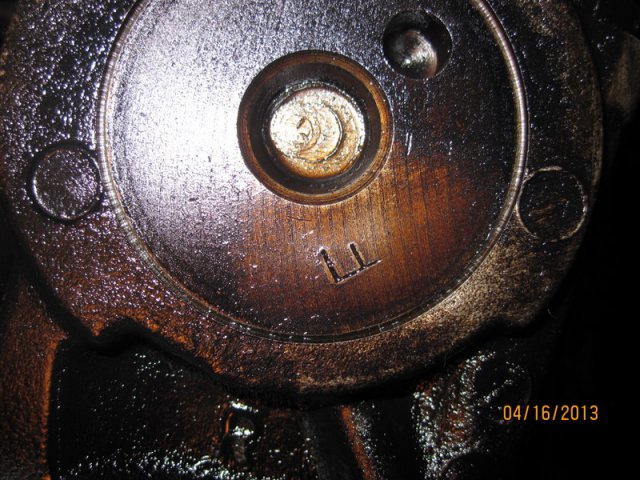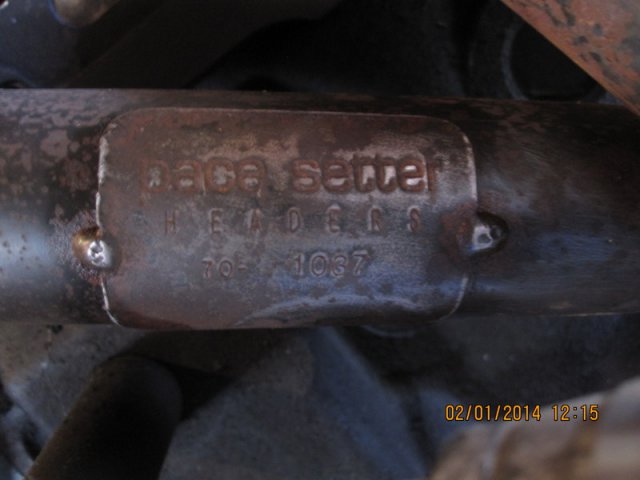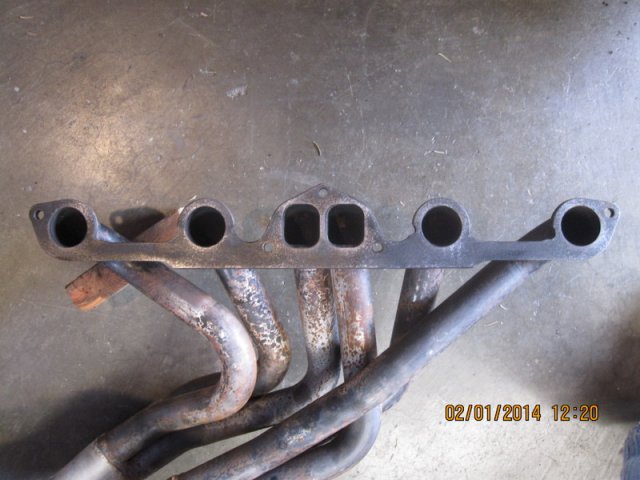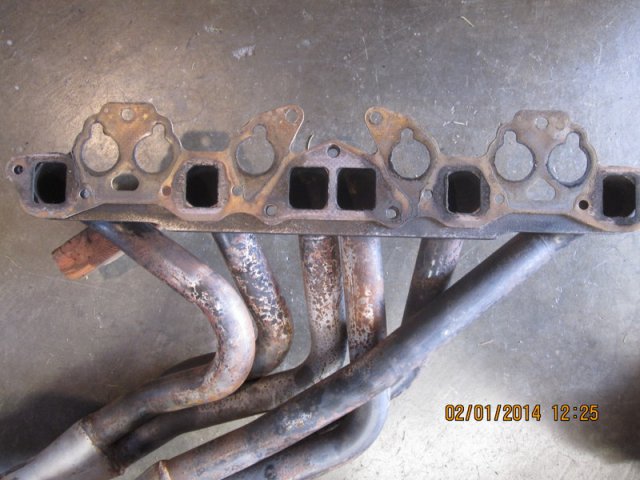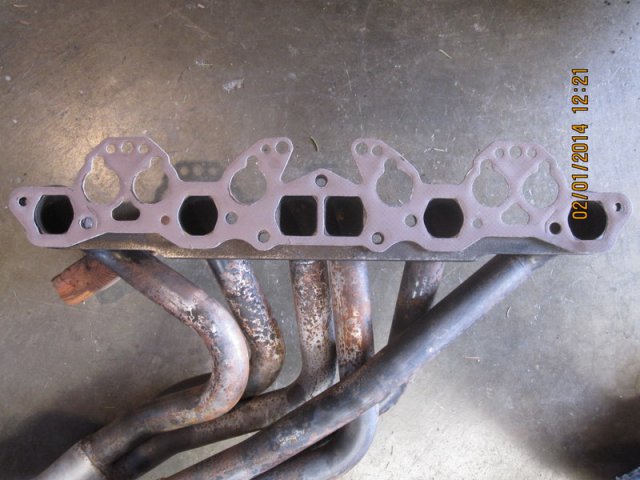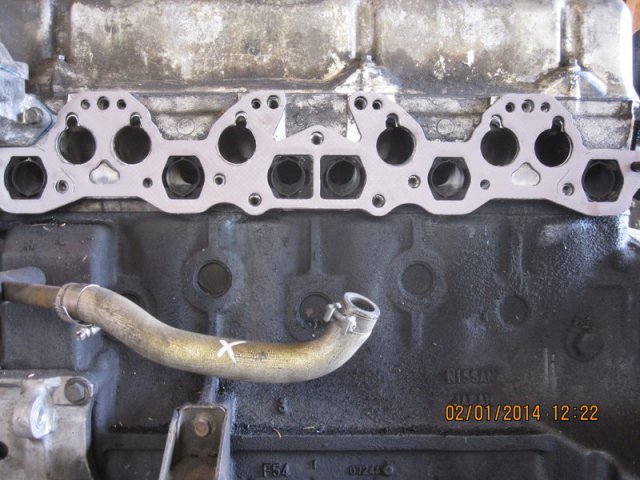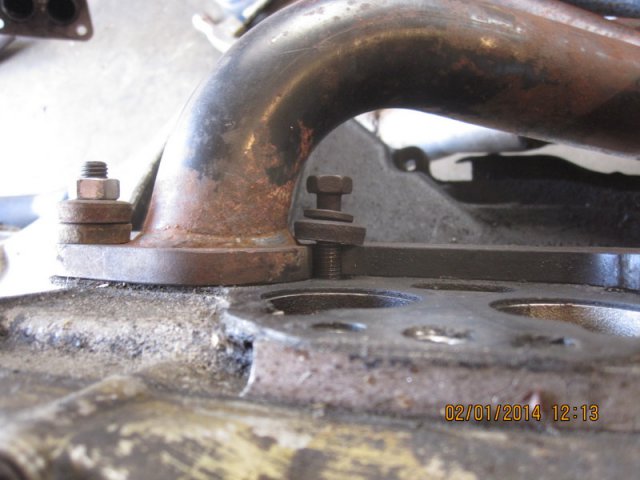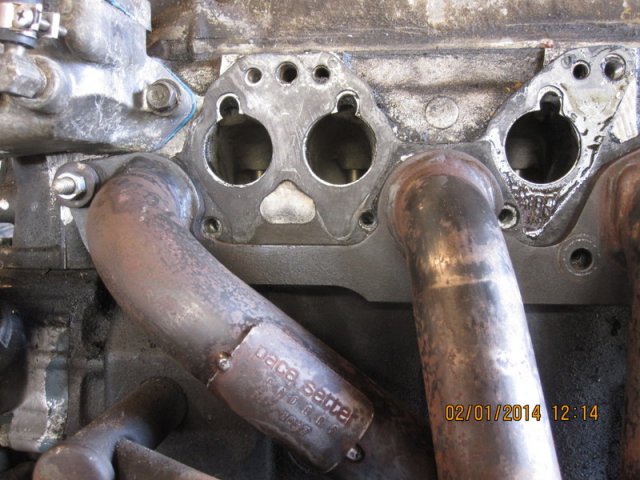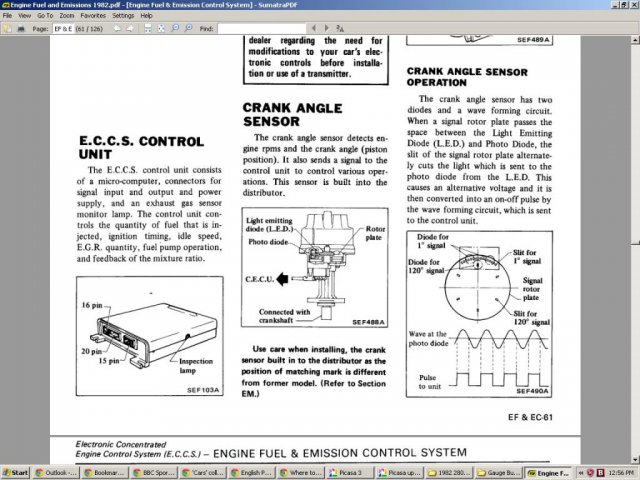
NewZed
Members-
Posts
6697 -
Joined
-
Last visited
-
Days Won
72
Content Type
Profiles
Forums
Blogs
Events
Gallery
Downloads
Store
Everything posted by NewZed
-
Fatigue or just BAD FABRICATION WORK?
NewZed replied to New-to-240z's topic in Fabrication / Welding
Still can't get over the pictures of the work and the statements about $100,000 cars, etc. The two do not fit together at all. Why did you edit out the name of the company? I looked at their site and they don't advertise fabrication work, they just sell parts. Are you sure that some sales guy didn't talk you in to work on the side. Still just an odd story. -
Looks interesting, has it been tried? Pictures installed? I notice also in the manual that there are only four settings for full advance below 4500 RPM for the switched unit - 2400, 3000, 3600 and 4000. I'm not an expert but the L6 seems to like full advance earlier, from what I've been able to figure out. The tuning options seem limited. Just trying to add some clarity. Can't really figure out what's possible from the web site. You should offer a forum member a unit for evaluation, to get some feedback. Edit - I downloaded the Tune software and it looks promising. Draggable advance settings on an easy to view screen. Pretty cool. Note also - I don't think that comment on the web page about the injector trigger is correct. The L-Jetronic ECU uses the coil negative to trigger the injectors and already has electronic ignition. So it should just see the same thing, no matter what ignition system is used. For example, the GM HEI module is a pretty common swap for the Nissan module. No problems. Might be limiting sales with that comment. The Tune model should work, I would guess and it's the most desirable.
-
Thanks for the details and the link. I didn't know there was a four pinion open option. More knowledge. I'm going to assume you can do more one wheel burnouts with a four-pinion than a two-pinion. Four is better than two.
-
Isn't the machined outer surface of the carrier the odd thing for a Nissan R200 diff? Most have a rough cast outer surface. Is that an R200 or an R180? Seems skinny, but I don't know that they put R180's in the 300ZX's.
-
Maybe it's the economy. I have a ton of ideas and would love to be working on them and talking about them but can't justify it. The other forums I frequent are slow too.
-
The one in your car looks like an "A" cam, which typically came on the 280Z or early ZX engines. "A" doesn't seem right for a 1983. So you might have a non-stock engine or non-stock cam. Non-stock cam replacement may explain the failure. You didn't show any significant failure pictures. You said the rocker arms looked different but didn't show any rocker arms. Anyway, in general, people say the rocker arms should follow the cam lobes. Hopefully, you marked or bagged each rocker arm with the cam lobe it was used on. If not, based on several cam swap stories, you will probably damage another cam. Others know more. Good luck. Edit - Xnke knows more. Maybe it's not an A cam. Or maybe it's a CWC with a stock "A" grind.
-
Post pictures. Everybody loves them. Your letter/numbers seem odd, are you looking at the back of the camshaft? Attached a picture of a 1981 F cam for reference.
-
Body Electrical is the chapter. Relays are boring. If you can't find the shape of the relay, go through the diagrams and match the plug. The pattern and pin number is usually unique to the relay. Each diagram has a drawing of the connector and its pins.
-
Could be that he has actually seen effects after ceramic coating. But it's unlikely that they're related to the noise the metal makes when it's tapped on. Correlation confused with cause/effect. Really though, your story just sounds like someone being messed with, or his general MO is to cause confusion and look crazy so that nobody can figure out he makes his power. It's a diversion, like a magic trick. His manifolds are probably all ceramic-coated.
-
Some race car teams install speakers in the engine bay. They've found that the engine makes more power when Metallica is played, Madonna slows the car down, and Lynyrd Skynyrd causes the car to spin the wheels and crash in to other cars. Rap music causes the engine to shoot nuts and bolts through the fenders. What race engine experience did he state? Dirt track or Formula 1?
-
The flange in that picture looks the proper thickness. The set that I have may be old, maybe Pace Setter actually changed their design to fix problems. Or mine might be counterfeit. Edit - Noticed that the center pipes in your picture seem to be touching, maybe even bridged by coating. They don't look like the current sales pictures for Pace Setter headers. Do you have the original thread for that picture? Are you sure that those are Pace Setters? Also, here's an eBay link to MSA's 70-76 offering. Square ports in to round flange holes. Can't tell if they do a better job of blending square into round. Any projection in to the flow path is bad, especially on the outer radius. http://www.ebay.com/itm/MSA-3-2-TBC-Header-240Z-260Z-280Z-Datsun-Ceramic-Coated-Motorsport-1970-1976-/261382593963
-
I picked up some Pace Setter headers off Craigslist and thought some people might be interested in their qualities, since they're out there as an option, but there's not much about how they actually worked out. The 70-1037 model is supposedly designed for the 1970-1976 Z cars, implying that they are square port headers. But they seem to fit the round ports better. I compared a used square port MSA gasket, a Victor Reinz round port gasket, a P79 head, and the headers. The most obvious weirdness is two square ports in the middle with four round on the outsides. Not even trying to hide it. Put the the square port gasket on the headers and it looks like they'll disrupt flow on the corners of a square port head. But they look great on a round port head. I also found that the header flange is a full 6.5 mm (~1/4") thinner than the intake manifold flange. So some welding or clamp-washer grinding will be necessary to get them to seal. Even worse, the thick clamp washers land right on top of the weld. No test-fitting of the product before selling, apparently. Just putting it out there for anyone looking at Pace Setter. The design doesn't look bad in general, but the details are poor. Various web sites say the flange is surface ground or milled but they're not, just a scaly looking sealing surface, bowed in the middle. If you don't have the tools to make them work, you'll regret buying them. http://pacesetterexhaust.com/70-76-nissan-240-260-280z-headers.aspx http://www.summitracing.com/parts/psm-70-1037
-
-
The pump running with the key off will not change your fuel pressure. The 42 psi has nothing to do with the relay. And if your lines leak at 42 psi that's a separate problem. They should hold up to 60-90 psi easily. You can pop the holders on the side of the relay cover and take it apart if you decide that you have a sticking relay. And if the relay is stuck then the AAR circuit should have power too. Might be an easy way to get another clue.
-
It's a check valve for the vacuum reservoir. It's between the intake manifold and the vacuum tank so that your heater valves don't open and shut with the throttle opening and closing. There's a diagram in the usual place.
-
Talk to the local hot rod shops. Many of the crate engines are shipped in nice big plastic tubs. Maybe they'll recycle you one. Google "crate engine shipping" images and you'll find a lot of pictures.
-
Injectors need to work with the engine management system. If you're running the stock 280ZX ECCS then you need stock injectors.
-
Car stalled going down freeway help!
NewZed replied to FreddyZ78's topic in Trouble Shooting / General Engine
Both ignition module and ECU failures tend to be heat-related. Heat from the electrical current running through. So if you can get it started don't get angry and rev the piss out of it, drive like Grandma to get it home. Low RPM all the way. If the problem starts again watch the tachometer needle. Ignition module problems tend to show up as a jumpy needle, sometimes reading higher RPM than actual. But it sounds like it's dying at idle. That's more like a low fuel pressure problem. Could just be a bad pump. If you can get a pressure gauge, that will tell you something. -
I made the original post just because it was funny to watch the guy drive around a flat parking lot at 5 mph. But, really, it would be noteworthy if someone developed an on-the fly adjustable suspension system for the Z's that was actually usable. It seems like one big problem with sticking an air balloon on top of a spring is matching rates. The balloon might lift the car but if it's a low spring rate then it's like having a two stage spring. You'd probably have to design a specific air bag to match the spring it's perched on to match the response of a single spring. Maybe, with the fine thread pitch on the typical adjustable spring perches, someone could rig up a servo motor that would spin the adjustment to raise and lower a car. You could even get more sophisticated and flip the strut like the Bilstein setups and put the mechanism inside the cabin on top of the strut tower, to keep it protected and to keep unsprung weight down. Of course, it costs money and time to develop new products, but the interest level in "slamming" seems to make it worth thinking about, for a business person.
-
Doesn't this post imply that there might be too much taper in the bores? It turns free with no rings, but tightens up when rings are installed. Probably checking ring gap at the top of the bore. Gap closes when the pistons drop down the bore, due to taper. No pro, just read a lot.
-
If it is bagged, the guy should show them working. That would be something, a slammed Z that's actually usable. Here's a "real" Z, with some drifty doughnuts in the video. It's the other end of the utility spectrum. http://www.youtube.com/watch?v=Mpkr2co95VI Edit - found the video of the first car moving up and down on air. No actual rolling though. Weird. http://www.youtube.com/watch?v=96em7WySA80
